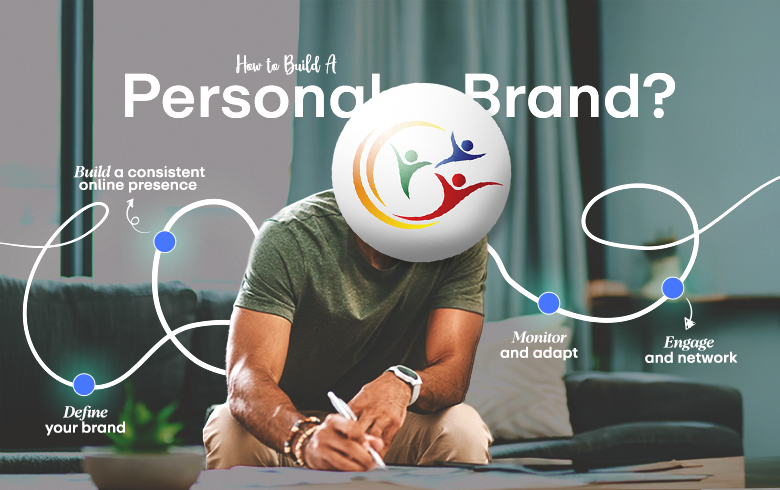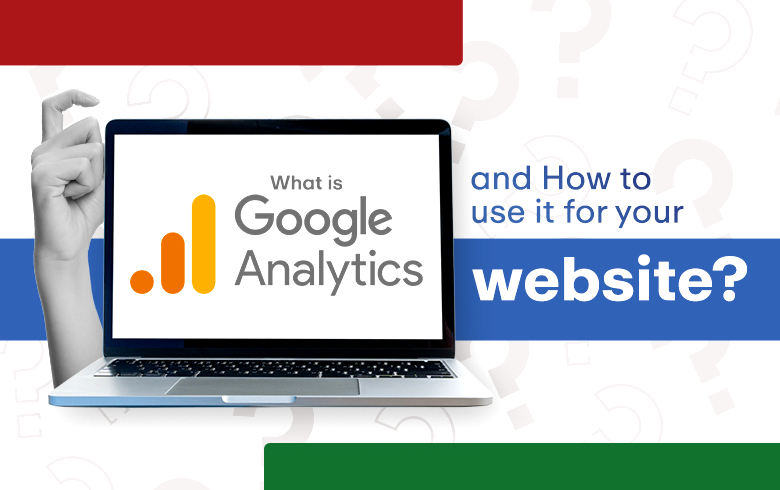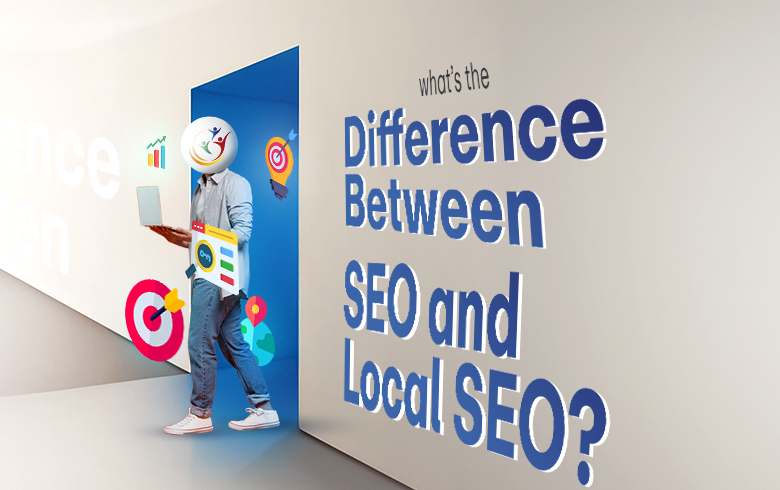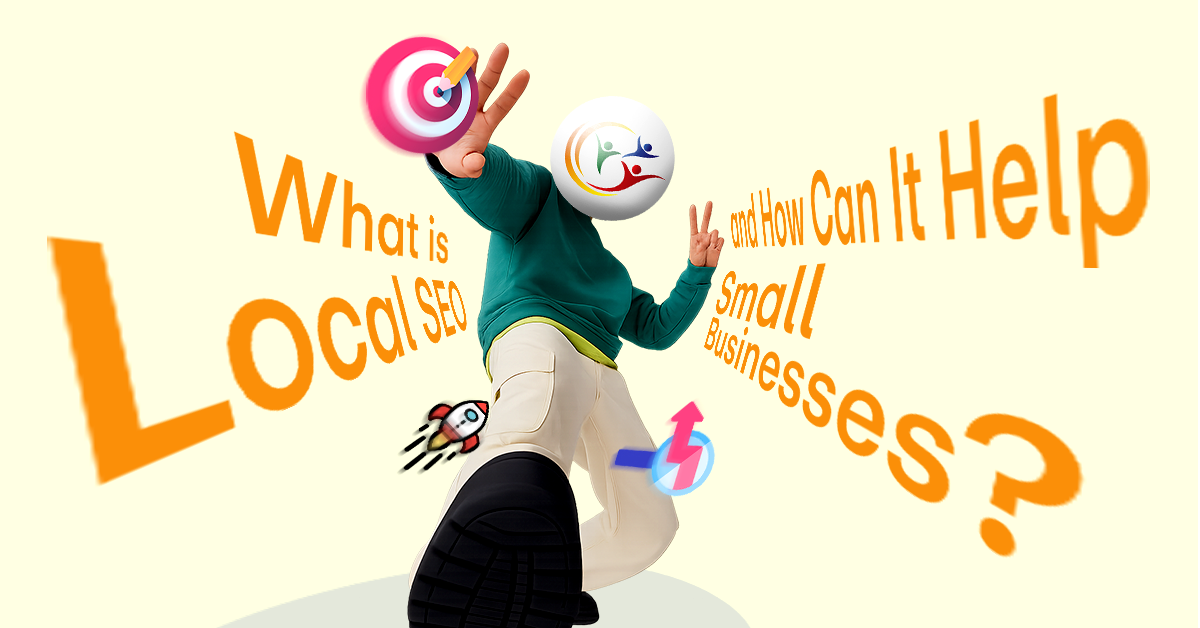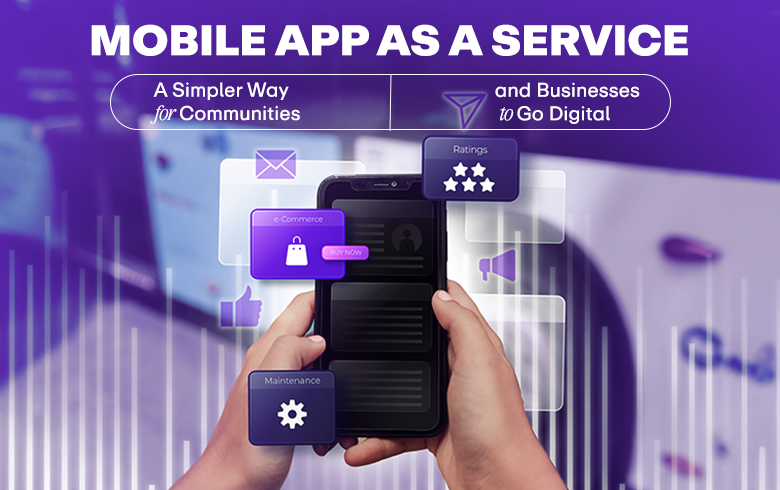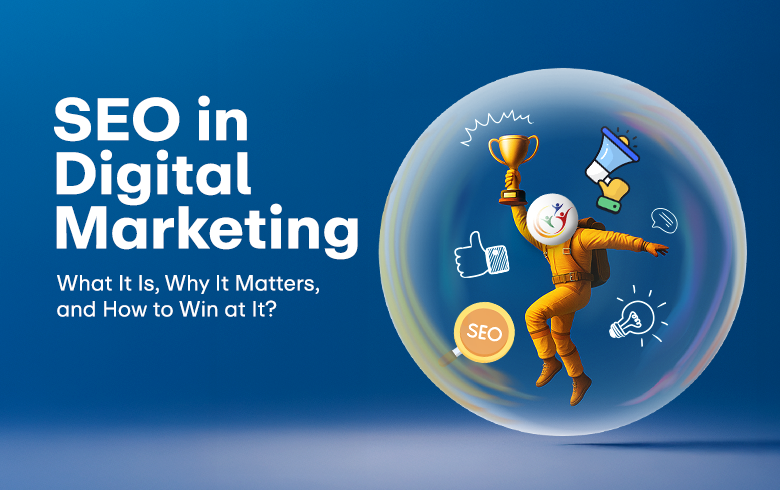You’ve probably heard people rave about how important SEO in digital marketing,but what does it really mean? And why should you care?SEO isn’t some complicated tech mystery. It’s a smart, proven way to help your website show up when people search online. It’s a smart, proven strategy to make your site pop up higher in search results.
In this easy, friendly guide, we’ll break down what SEO is, why it matters, and how you can start using it to grow your business today.
1. What Is SEO in Digital Marketing?
At its core, SEO in Digital Marketing is the practice of tweaking your website so search engines like Google and Bing show it to the right people. That means when someone types in what you offer—think “best workout plan”—your site appears near the top.
- SEO in Digital Marketing isn’t just about keywords. It’s a full-tech, structure, links, content, and experience play.
- It aims to improve your organic (unpaid) traffic by aligning your content with what searchers need.
The focus isn’t just clicks—it’s about attracting visitors who genuinely want what you give.
2. Why SEO in Digital Marketing Matters?
a) Free, Targeted Traffic
When you nail SEO in Digital Marketing, you don’t pay every time someone clicks. You earn those visits—saving money and building trust.
b) Better Brand Authority
High search rankings make people trust you more. That’s SEO in Digital Marketing working like a charm.
c) Long-Term Benefits
Unlike ads that stop when the budget does, SEO in Digital Marketing creates lasting value—your pages keep bringing in traffic for months or years.
d) Higher ROI
Smart SEO in Digital Marketing often outperforms paid ads in ROI. It’s not just cheaper—it lasts longer too.
3. Key Pillars of SEO in Digital Marketing
1. Technical SEO
This is the backstage area of SEO in Digital Marketing:
- Site speed, mobile-friendliness, secure HTTPS.
- Clean architecture: organize pages with folders, sitemaps, and proper headings.
2. Keyword Research & Intent
- Find what your audience is searching for.
- If you’re writing about SEO in Digital Marketing—what phrases do they type?
- Use tools like Ubersuggest or Google Keyword Planner.
3. On-Page SEO
- Use the keyword “SEO in Digital Marketing” in your title, URL, first paragraph, and headers.
- Write clear headings: H1, H2, H3.
- Include helpful images, alt text, and internal links.
4. Content Quality & E-A-T
Google values E-A-T: Experience, Expertise, Authoritativeness, Trustworthiness.
- Write in a conversational tone—just like this blog.
- Add real examples or case studies on SEO in Digital Marketing.
5. Off-Page SEO (Backlinks)
- Each quality backlink boosts your site’s authority.
4. How to Do SEO in Digital Marketing: Step-by-Step
- Audit Your Site
- Check speed, mobile stats, and fix broken links.
- Make sure the structure supports your content.
- Check speed, mobile stats, and fix broken links.
- Keyword Map
- List main and long-tail terms like “SEO in Digital Marketing strategy” or “why SEO in Digital Marketing matters.”
- List main and long-tail terms like “SEO in Digital Marketing strategy” or “why SEO in Digital Marketing matters.”
- Craft Content
- Each page/blog uses the keyword “SEO in Digital Marketing” in headline, intro, at least 2–3 subheadings, and naturally 10+ times within body.
- Each page/blog uses the keyword “SEO in Digital Marketing” in headline, intro, at least 2–3 subheadings, and naturally 10+ times within body.
- Optimize On-Page SEO
- Use clean meta tags, schema markup, and internal linking.
- Use clean meta tags, schema markup, and internal linking.
- Build & Earn Backlinks
- Share content, outreach, guest blog, and participate in industry forums.
- Share content, outreach, guest blog, and participate in industry forums.
- Monitor & Improve
- Use Google Analytics and Search Console to track traffic, rankings for “SEO in Digital Marketing,” bounce rates, conversions.
- Use Google Analytics and Search Console to track traffic, rankings for “SEO in Digital Marketing,” bounce rates, conversions.
Update best-performing content regularly.
5. Common Mistakes in SEO in Digital Marketing
- Keyword stuffing: Overusing the phrase “SEO in Digital Marketing” to the point it reads awkward.
- Skipping technical work: Slow sites lose rankings, even with great content.
- Ignoring intent: If someone seeks “SEO in Digital Marketing benefits,” don’t send them to a technical guide.
- No maintenance: Competitors are always improving—so should you.
6. Advanced Tips to Win at SEO in Digital Marketing
- Answer Engine Optimization (AEO): Directly answer FAQs like “What is SEO in Digital Marketing?” for featured snippets.
- Voice search: Optimize for phrases like “Hey Google, what is SEO in Digital Marketing?”
- Content clusters: Group related posts under a pillar page about SEO in Digital Marketing.
Structured data: Use FAQs, breadcrumbs, and ratings so search engines see your site is polished and relevant.
7. Real-Life Example: SEO in Digital Marketing in Action
Let’s say you run a fitness blog. You create a pillar post titled “SEO in Digital Marketing for Fitness Brands”:
- Use the exact keyword in heading, intro, image alt, and headings.
- Add subtopics like “Why SEO in Digital Marketing matters for gym owners.”
- Link to blogs on “fitness SEO case studies,” “keyword research for gyms,” and “local SEO for personal trainers.”
Within months, your pillar gains traction. Google starts showing your page in featured snippets for “What is SEO in Digital Marketing for fitness.” That’s smart optimization at work.
8. How to Measure Success in SEO in Digital Marketing
- Keyword ranking: Track where you rank for “SEO in Digital Marketing.”
- Organic traffic: Monthly pageviews landing on posts with your keyword.
- CTR: Measure clicks on search pages.
- Engagement: Time on page, low bounce rates.
- Conversions: Contact forms, newsletter sign-ups, or sales.
9. The Future of SEO in Digital Marketing
- AI & ChatGPT SEO: Optimize for AI-generated answers.
- Search-everywhere: Appear not just on Google—but YouTube, Amazon, TikTok.
- Core web vitals get stronger—so technical SEO stays essential.
- Focus on E-A-T—especially for sensitive industries.
Your Roadmap to Win at SEO in Digital Marketing
- Understand what SEO in Digital Marketing means.
- Invest in technical fixes, content quality, and strong user experience.
- Optimize around your keyword in a helpful, natural way.
- Track, update, and stay ahead of trends like AI and voice search.
- Be patient—SEO is a slow and steady bet, but it pays off big.
Quick Cheat Sheet
- Include SEO in Digital Marketing in URL, title, headers.
- Use it 15+ times naturally across the article.
- Add FAQ section answering “What is SEO in Digital Marketing?” etc.
- Pepper in stats, examples, and visuals.
- Build backlinks by offering that content to other sites.
- Track ranking, clicks, traffic, conversions.
- Update every 6–12 months to stay relevant.
SEO in Digital Marketing is no longer a “nice-to-have.” It’s the fuel that powers discoverability, builds brand authority, and helps you grow—organically and affordably. Whether you’re just starting out or already have a business online, mastering the basics of SEO in Digital Marketing can transform the way your audience finds and connects with you. Start with small steps, stay consistent, and keep learning. The search engine world keeps evolving—and with the right strategy, you’ll always stay one step ahead.
If all this sounds exciting but overwhelming—don’t worry, you don’t have to do it alone.
MyCommunity.Today, a leading AI-powered super app and digital growth platform, offers custom SEO services tailored for small and local businesses.
Best part? We blend AI automation with real human strategy, so you get the best of both worlds—efficiency and personalization.
So if you’re ready to stop guessing and start growing with SEO in Digital Marketing, MyCommunity.Today is your perfect partner.






